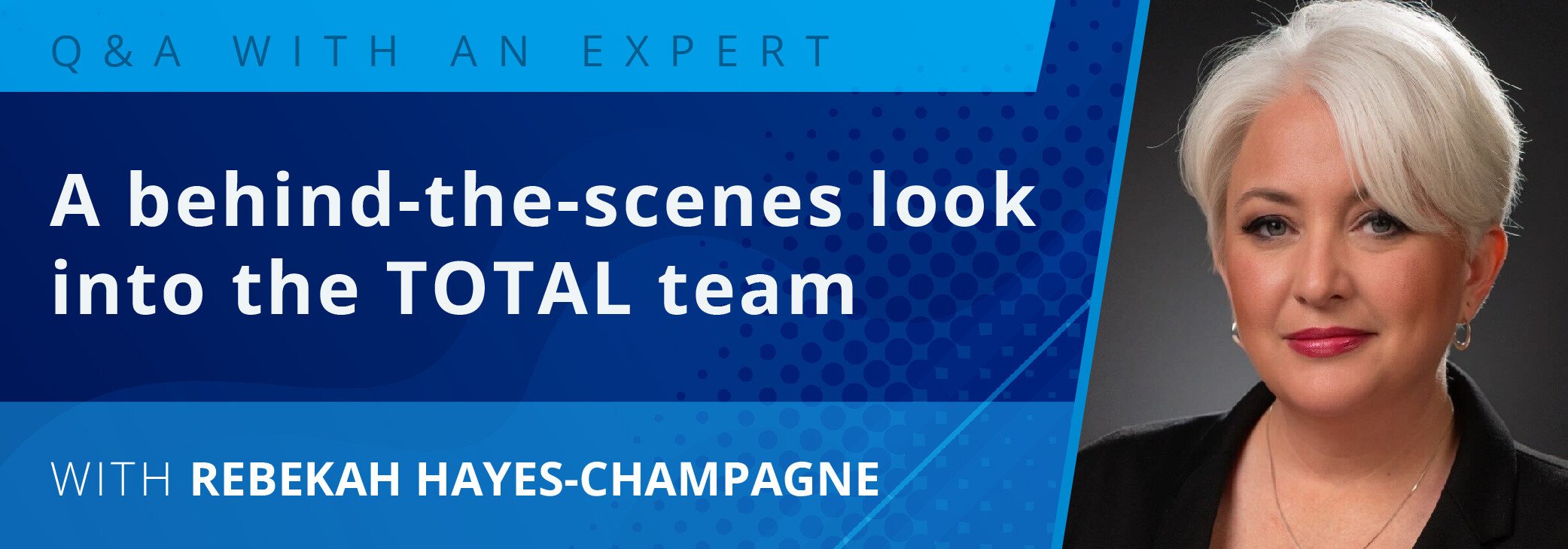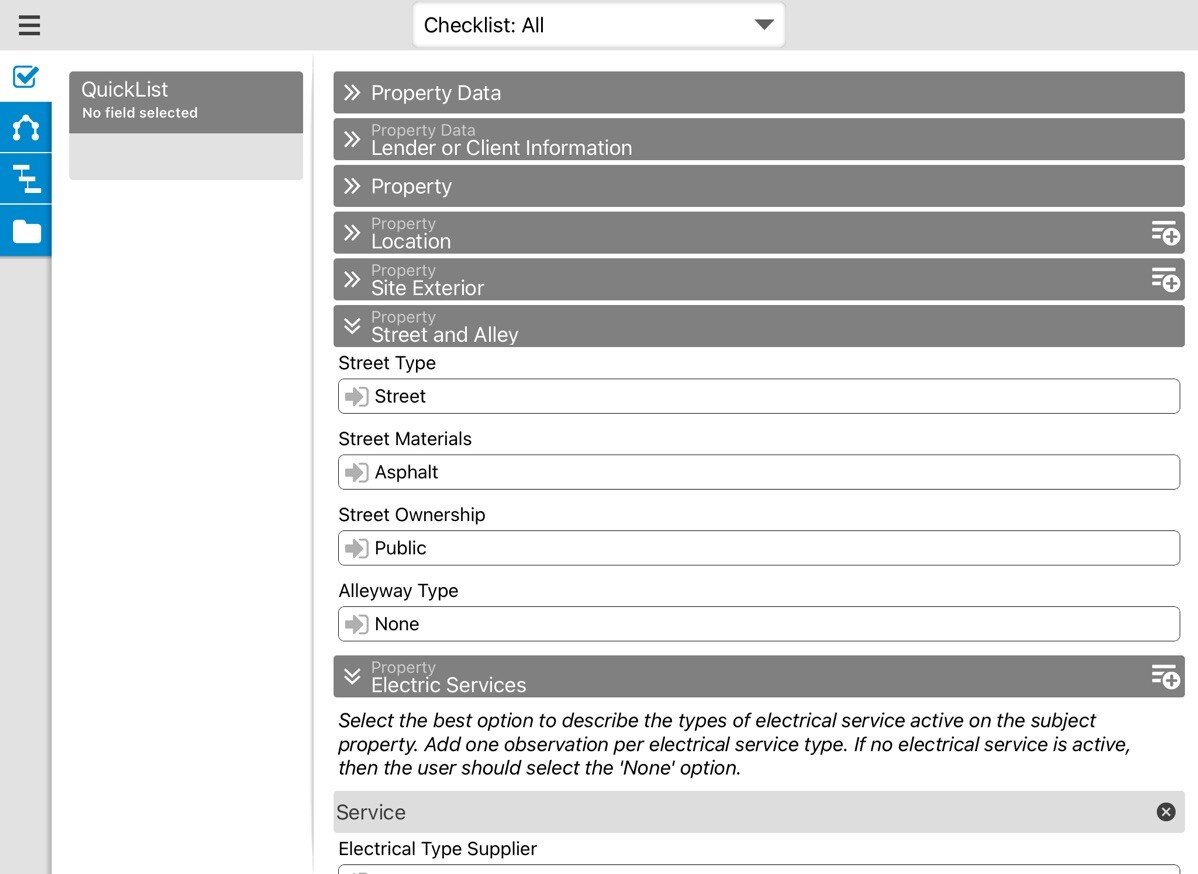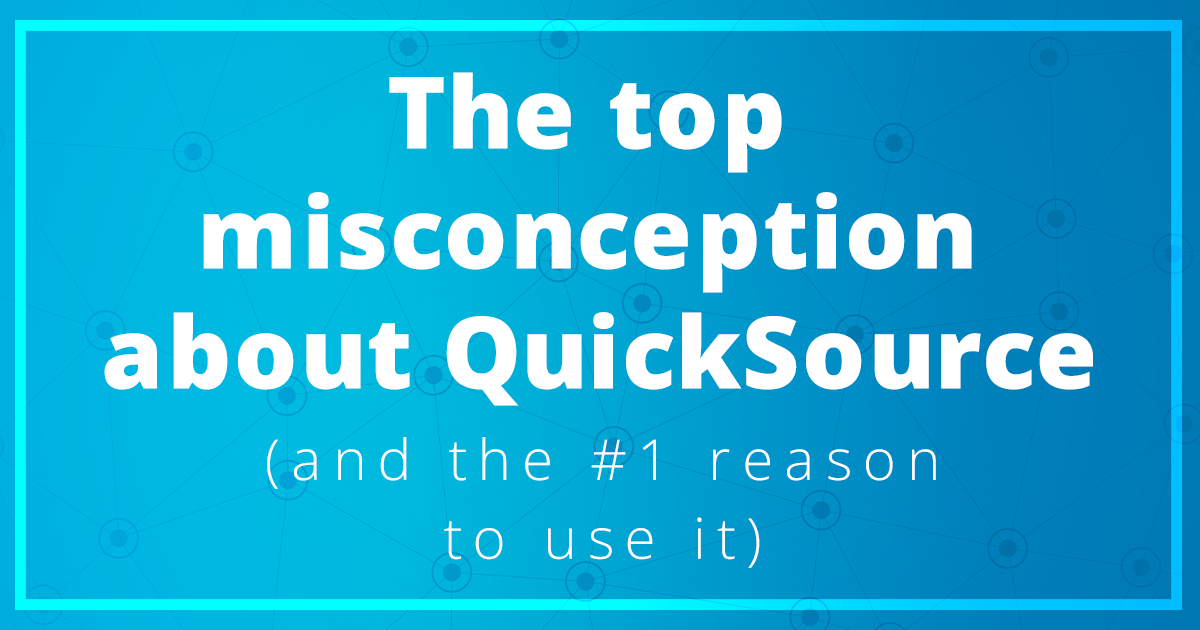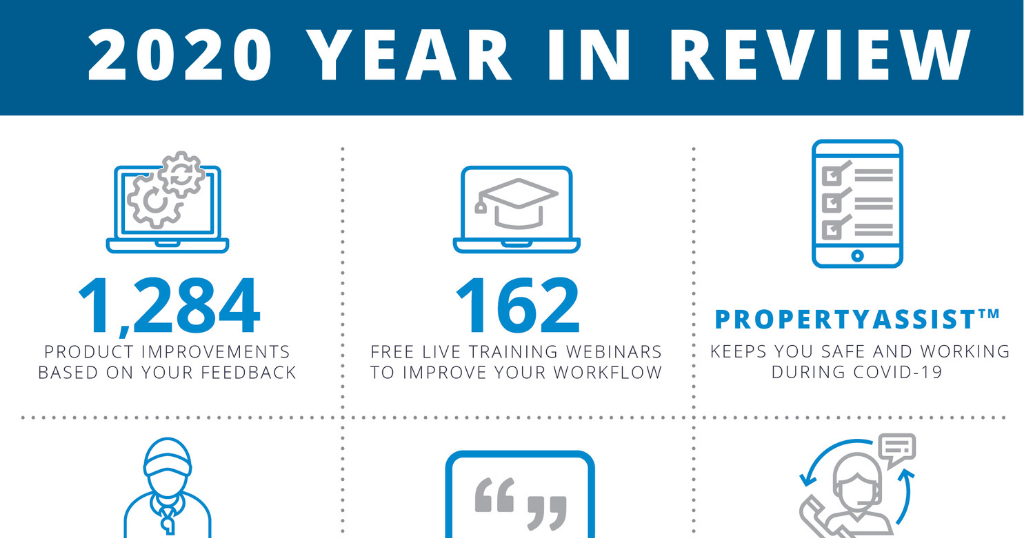Appraisers are going to become more important and vital to the national economy in the next few years, not less, as Americans become both less creditworthy and more encumbered by debt — two factors that influence whether an underwriter or investor is interested in an accurate valuation of its collateral.
The AVM lobby's reaction to our publicizing the April Fitch Ratings report that said the ratings agency would devalue mortgage backed securities on properties valued with less than a full appraisal was swift. Click here for our initial report, and here for the response of the Collateral Assessment & Technologies Committee (CATC) of the Real Estate Information Professionals Association two weeks later.
More recently, six executives from six mortgage technology companies who wished to remain anonymous told National Mortgage News that Fannie Mae was beginning to accept AVMs on "vanilla" purchase loans — described by the publication as "loans with relatively low risk, meaning good loan-to-value and Fair Isaac & Co. [FICO] credit score data." (The CATC has ten mortgage technology company members.)
It's indeed news if Fannie is warming up to the idea of accepting AVMs in lieu of appraisals. But is it as big as it might seem? Hardly. In the recent refi boom, half of all refis were no-appraisal or even no-doc loans. Because of sheer volume, originators and underwriters had to compromise certainty for speed. Where the loan-to-value ratio was low and credit was good, they found the higher risk of an inaccurate valuation was outweighed by the lower risk of borrower default. And with a low loan-to-value loan, of course, there's more margin for error if you have to go repossess the house tomorrow. If the valuation was off by 75 percent, you're probably still in good shape if it was a 70 percent LTV refi. (And if it was a 70 percent LTV loan, chances are the borrowers have a lot of cash and good credit, etc. etc. — it's a self-feeding cycle.)
The same is true of purchase loans — except for the fact that fewer and fewer low LTV purchase loans are being made than ever. In 1996 — in the old days, when you had to save up the money to buy a house — the average downpayment on a home was 19.5 percent. It's under 10 percent today, and more and more low downpayment, finance-the-closing-costs loans are being originated than ever before.
A lot of the minutiae that goes into a discussion like this misses the point, though. It's a fact of underwriting (and mortgage funding) life that the value of the collateral pledged for a mortgage loan is irrelevant unless there is a default. That is, all parties to a $150,000 loan made on a property with a market value of $100,000 will happily write and collect monthly checks until the loan is paid off. So whether a mortgage investor, like Fannie Mae, or a mortgage underwriter is willing to compromise the confidence it has in the true market value of its collateral depends on whether the borrower is likely to stop writing those monthly checks, by necessity or design.
Mortgage lenders, and secondary market investors, gauge two things about each prospective borrower: their willingness to repay, as reflected in their credit score, and their ability to repay, as reflected in their debt-to-income ratio. Americans are getting less willing and less able to commit to repayment, recent news shows.
- The Federal Reserve reported last month that American homeowners' Financial Obligations Ratio (FOR) — encompassing mortgage debt, homeowners' insurance, property taxes, consumer credit and automobile payments — was 15.54 percent in the first quarter. It was 14.36 percent in the first quarter of 1994, and 13.63 in 1Q84.
- That includes homeowners with paid-off mortgages or substantial home equity with low payments on a refinanced balance. On the extreme end of the scale, the Census Bureau reported last week that more than 22 percent of homeowners contributed at least 35 percent of their income to housing last year, compared with 19 percent in 2000. Homeowners, like all Americans, are becoming increasingly encumbered by debt.
- The raw numbers of consumer debt are staggering. The Fed also reported this month that total consumer credit outstanding averaged $2.038 trillion, up more than a third from $1.520 trillion just five years ago in 1999.
- Meanwhile, last week the Administrative Office of the U.S. Courts, which reports bankruptcy filings, said total bankruptcies filed for the year ended June 30, 2004 were 1.636 million, up 17.5 percent from the year ended June 30, 1999. Factors such as the economy, bankruptcy laws and an easing of the stigma associated with bankruptcy influence this kind of spike, as the Fed points out. But it also says, "The sharp rise in personal bankruptcies since the mid-1980s partly reflects changes in laws and attitudes, [but] nonetheless suggests that credit histories for a growing segment of the population are deteriorating."
- And while Americans continue to encumber themselves with debt and become less willing or able to pay it off, mortgages are historically easy to obtain. Home Mortgage Disclosure Act (HMDA) data for 2003, released last month, showed that the denial rate for conventional home purchase loans fell drastically to 14 percent in both 2002 and 2003, from 29 percent as recently as 1998. Fully half the people who wouldn't have qualified for a mortgage just six years ago are approved today.
It couldn't be clearer: Even if Fannie is accepting AVMs for its best credit risk borrowers, least encumbered by debt — and that's a big "if" because nobody from Fannie or willing to identify themselves will say — AVMs aren't exactly getting in on the ground floor of a growing opportunity. Borrowers, and loans, are getting less "vanilla," not more. The reality of the economy, society and the lending climate is that accurate, professional, human appraisals are becoming more important, not less.
Media Contacts
Send an e-mail to pr@alamode.com. Our team of industry experts would be happy to help with your next story.
Latest a la mode news
- DataMaster now fully integrated with TOTAL
June 09, 2015 - Serent Capital Acquires Mercury Network from a la mode, inc.
May 07, 2015 - a la mode launches exclusive new integration with National Data Collective
February 02, 2015 - a la mode welcomes Dynamo MC to the TOTAL Store
January 26, 2015 - Mercury Network and Platinum Data Solutions Announce Integration Agreement
January 14, 2015 - Mercury Network wins Mortgage Technology’s Harnessing Mobile award
December 02, 2014 - a la mode and National Data Collective partner to offer real estate data services to appraisers
November 10, 2014


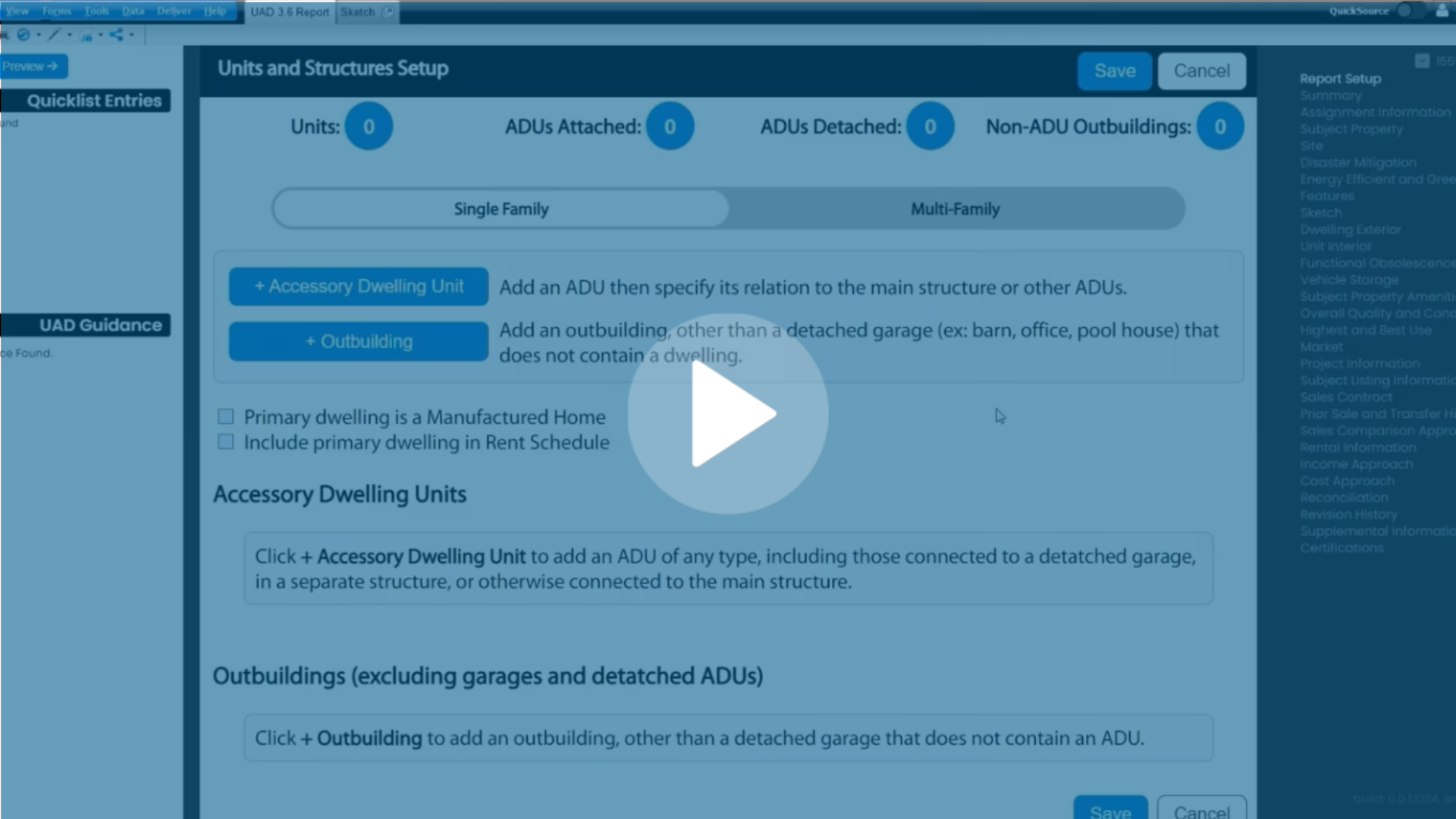
.png)

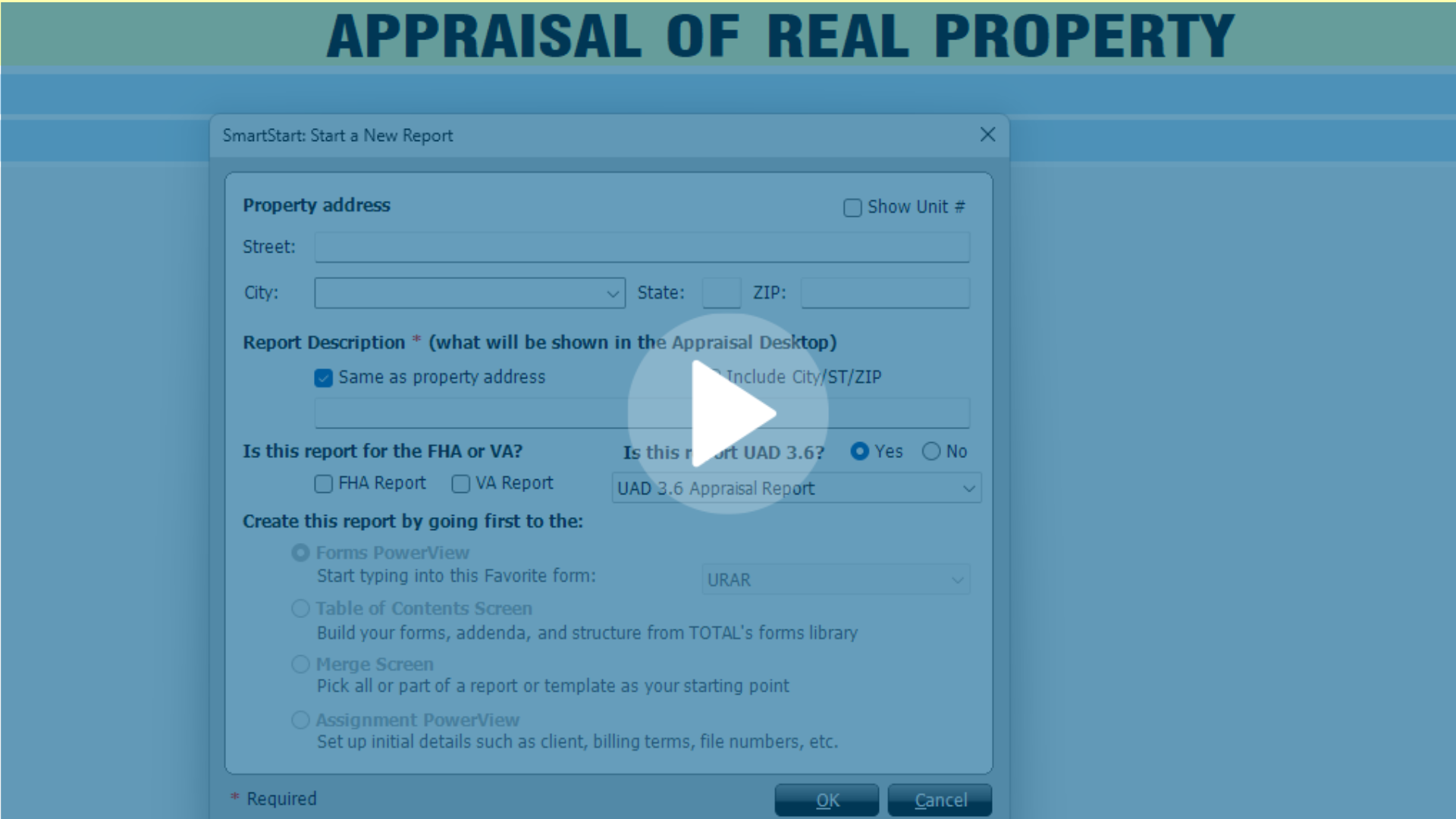


.png)
-1.png)
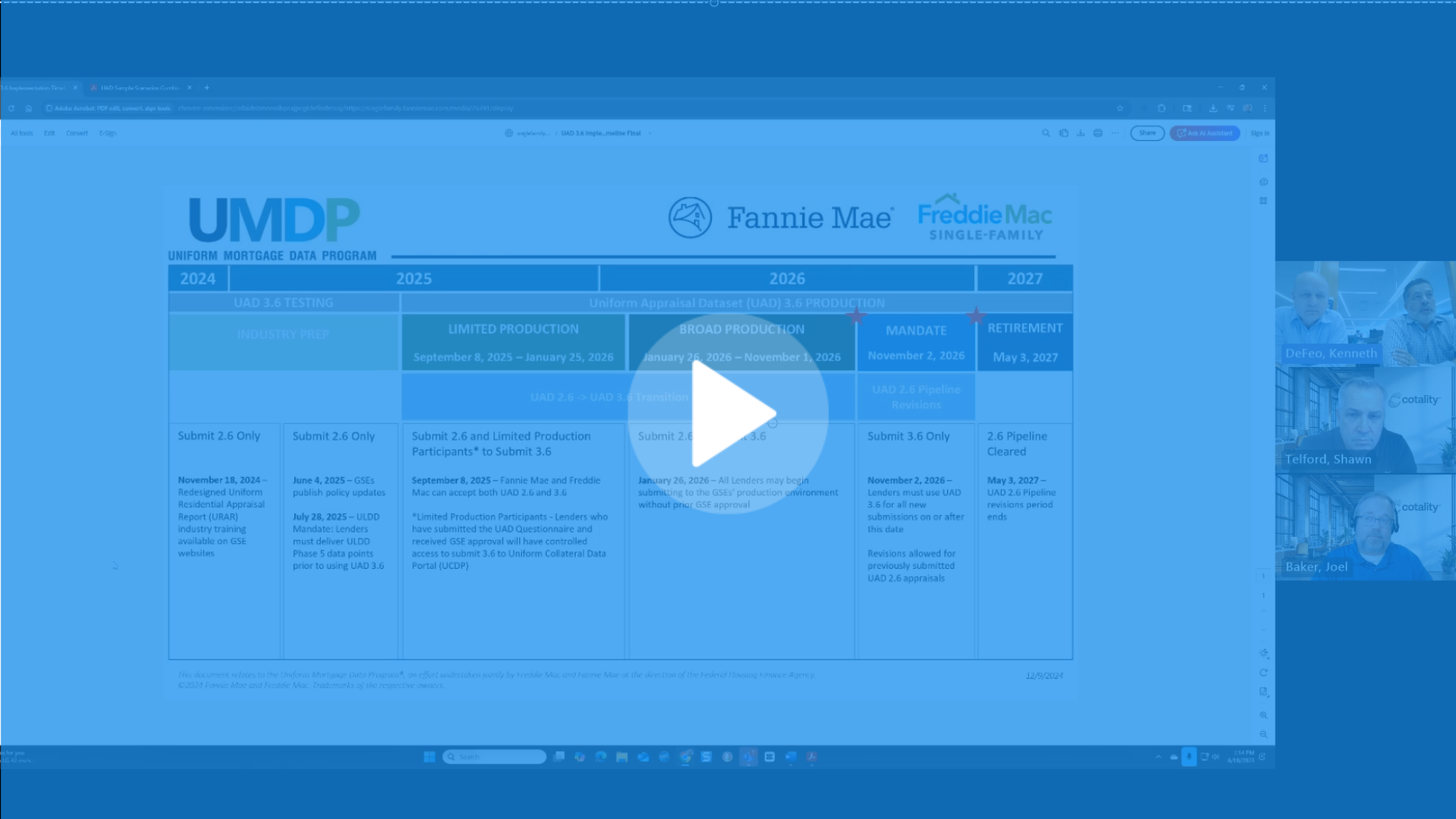
.png)
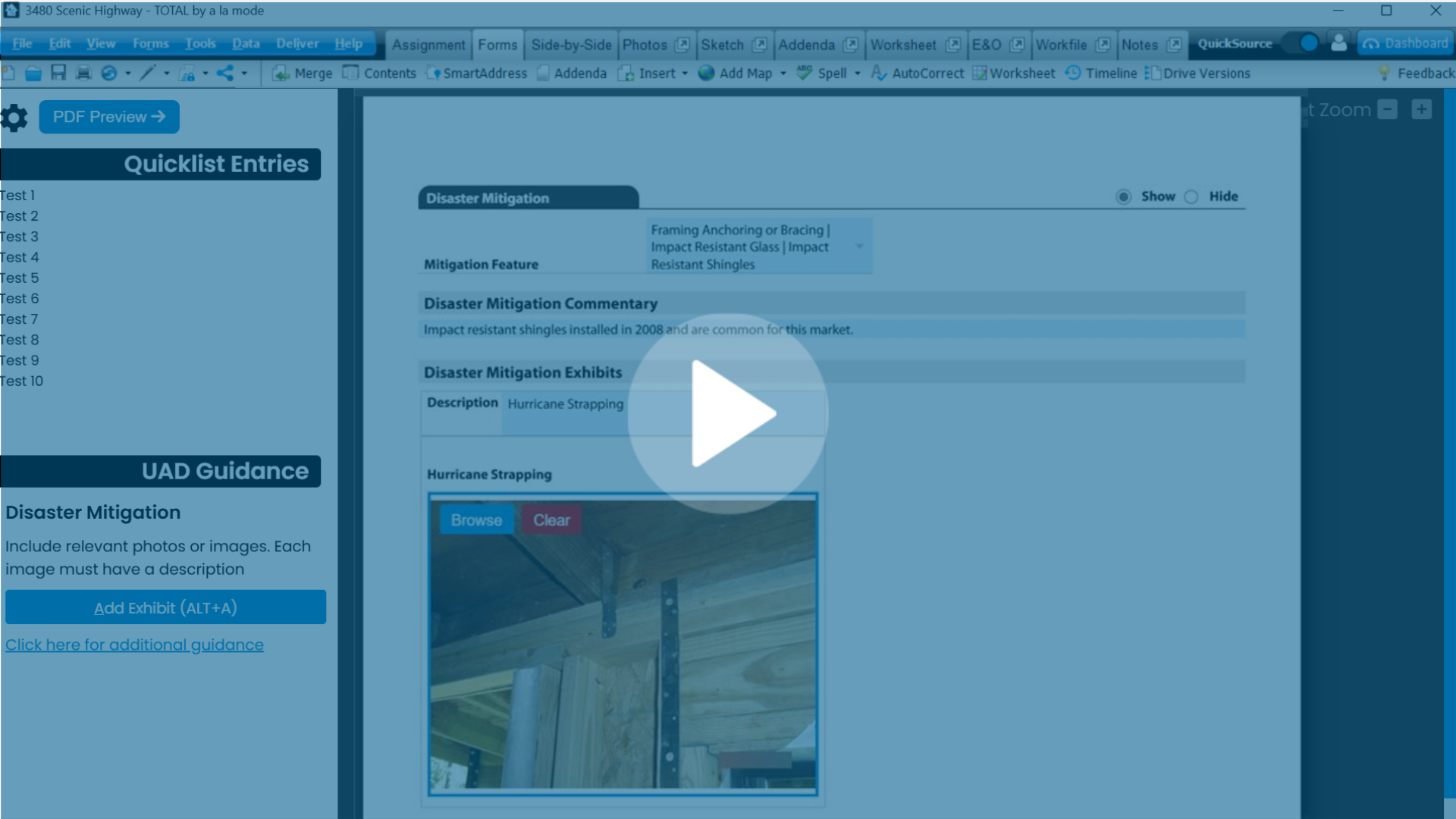
.png)
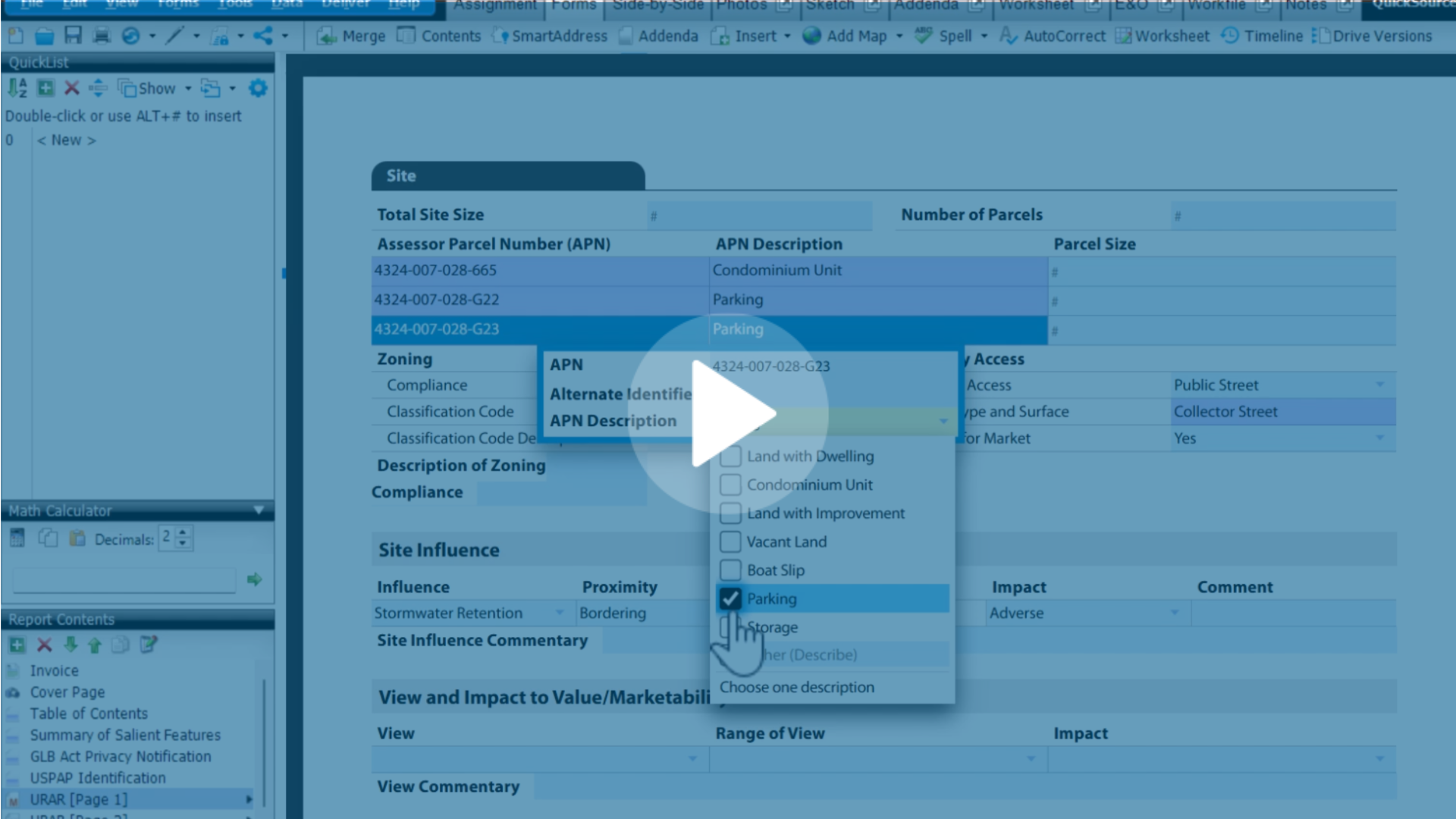
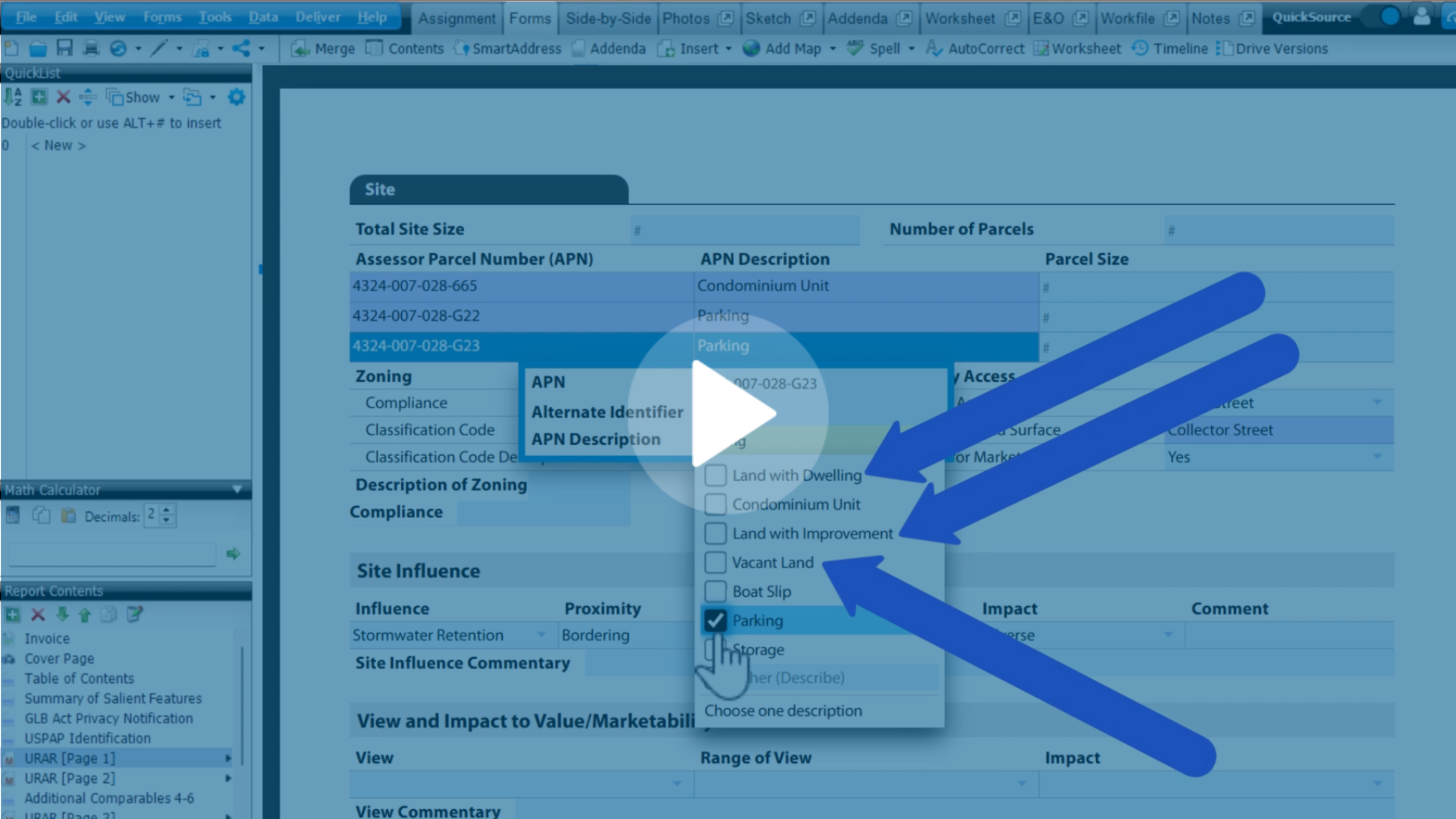
.png)
.png)
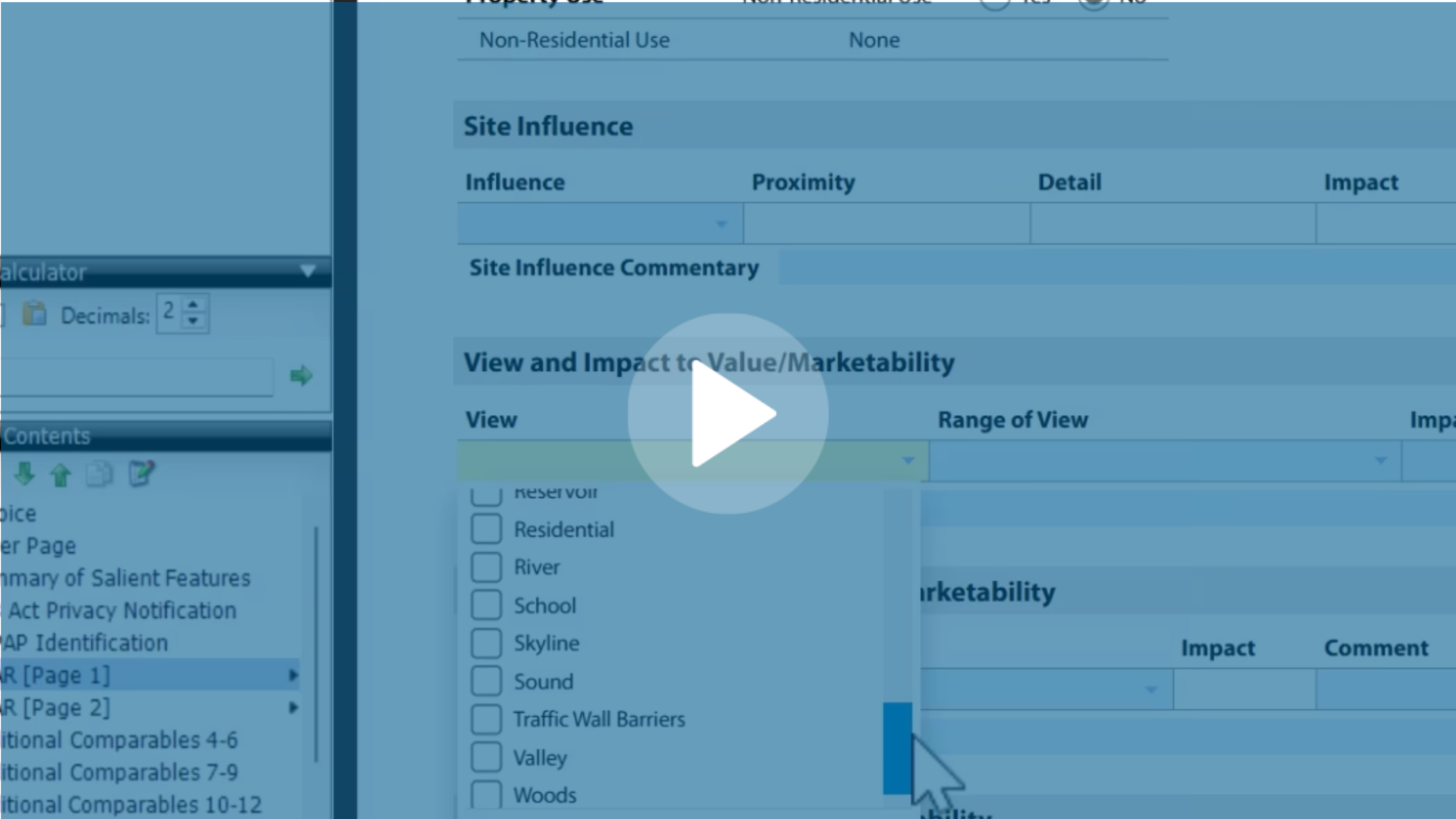
.jpg)
.png)
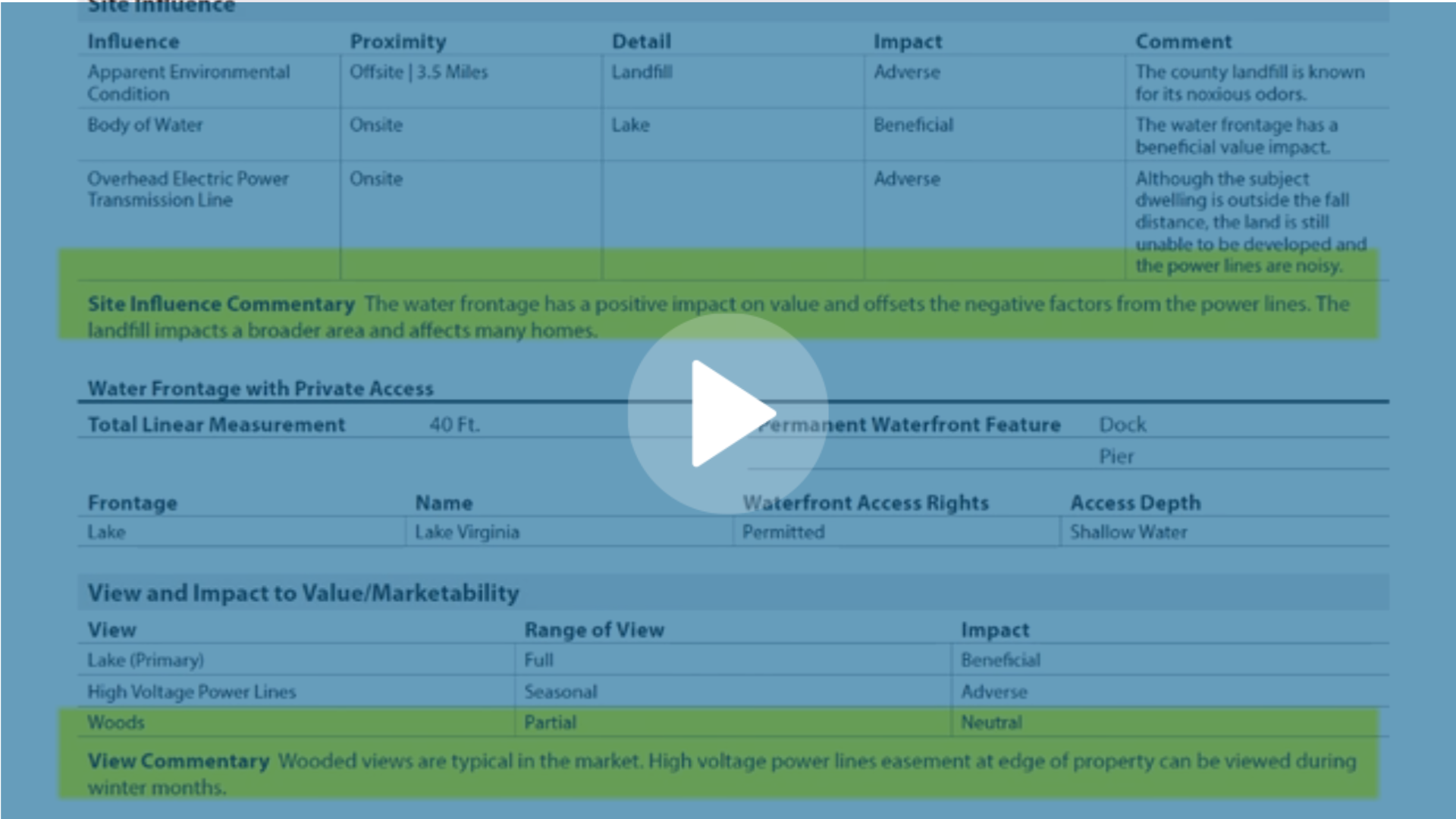
-1.png)









